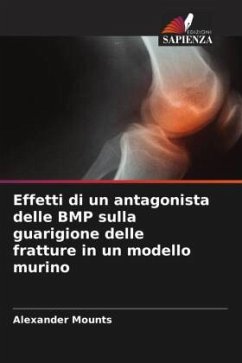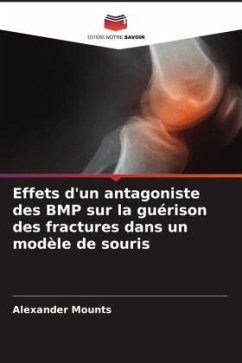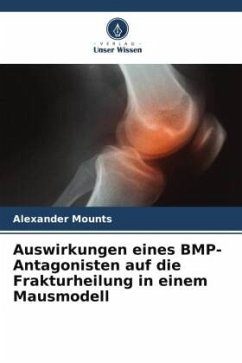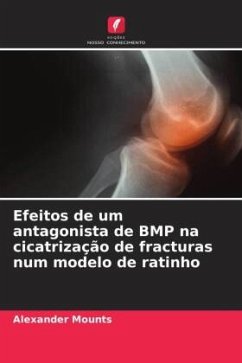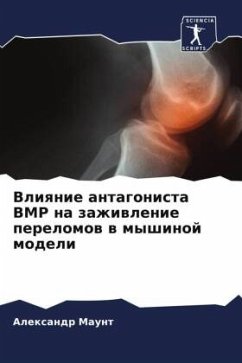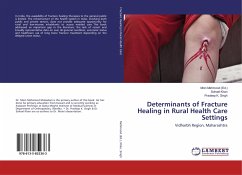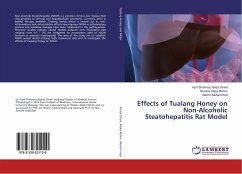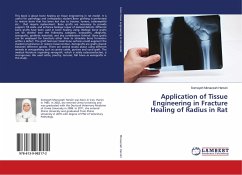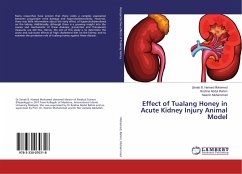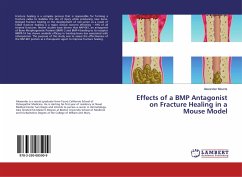
Effects of a BMP Antagonist on Fracture Healing in a Mouse Model
Versandkostenfrei!
Versandfertig in 6-10 Tagen
24,99 €
inkl. MwSt.

PAYBACK Punkte
12 °P sammeln!
Fracture healing is a complex process that is responsible for forming a fracture callus to stabilize the site of injury while producing new bone. Delayed fracture healing or the development of non-union as a result of failed fracture healing is a major clinical concern effecting ~10% of all treated fractures. Recent studies have shown that RAP-661, an antagonist of Bone Morphogenetic Proteins (BMP) 2 and BMP-4 binding to its receptor BMPR-1A has shown anabolic efficacy in treating bone loss associated with osteoporosis. The purpose of this study was to assess the effectiveness of the RAP-661 p...
Fracture healing is a complex process that is responsible for forming a fracture callus to stabilize the site of injury while producing new bone. Delayed fracture healing or the development of non-union as a result of failed fracture healing is a major clinical concern effecting ~10% of all treated fractures. Recent studies have shown that RAP-661, an antagonist of Bone Morphogenetic Proteins (BMP) 2 and BMP-4 binding to its receptor BMPR-1A has shown anabolic efficacy in treating bone loss associated with osteoporosis. The purpose of this study was to assess the effectiveness of the RAP-661 protein as a therapeutic agent to improve fracture healing.



